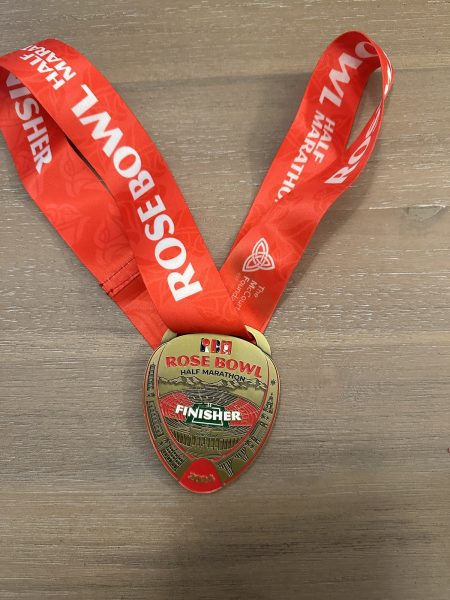Boba: A Tasty Addiction
Boba is the perfect drink for a hot day, but be careful not to get addicted.
April 25, 2022
Boba, a.k.a bubble tea, has been consuming people as fast as people are consuming it. There is no question that its popularity has risen to new heights, as can be seen by the boba stores popping up around the city. For those that have never tried boba, you don’t know what you are missing out on. However, be warned, because once you try it, you might not be able to stop. If you are already addicted to boba, fear not, you are not alone. Maybe one or two of these facts is just what you need to convince you to cut back.
So what even is boba? Those chewy, little balls at the bottom of a drink are called tapioca pearls and combined with either a tea or other drink, it is known as a boba drink. Originating from Taiwan, the tapioca pearls are traditionally paired with tea (black tea, green tea, milk tea, etc.), but now more and more flavors are being created. The drink does not necessarily have to be tea, it can be a slushy, fruit juice, or whatever you want.
What makes boba stand out from other drinks is its texture which is not quite like anything else. Boba is known for its chewy pearls that are usually coated in brown sugar. This is what gives the pearls such a sweet taste. The closest thing that the pearls can be related to is gummy candy, and even that is not exactly the same. Usually, black tapioca pearls are made from cassava starch and sweet potato, which is what makes them so chewy (drweil.com).
Throughout the past few years, people have been pointing out how unhealthy boba can be saying that it is all sugar. Sadly, boba is a high-calorie, high-fat drink that can have up to 440 calories per 16 ounces (drweil.com). However, adjusting the sugar level, getting a tea without milk, and other alternatives can significantly reduce the sugar, fat, and calorie intake. Boba drinks are not all bad and calories, and actually (thanks to the cassava starch) are a good source of vitamin C (eatingwell.com). The tapioca pearls itself does not have many health benefits, but the tea in the drink is another story. Tea (especially green tea), has been proven to lower blood pressure, lower cholesterol, and decrease the risk of cancer, due to the antioxidants in green tea. Also, tapioca pearls are gluten-free and vegan!
I drink boba maybe once a month now and I think that is probably a healthy amount.
— Hanbin Wang
With all this being said, what is a healthy amount of boba? Hanbin Wang (10) states that “I first started drinking boba around 9 years ago. I drink boba maybe once a month now and I think that is probably a healthy amount.” Drinking boba every day is probably not the best for your health, but every now and then can’t hurt. Spread some positivi-tea and go get yourself some boba!























